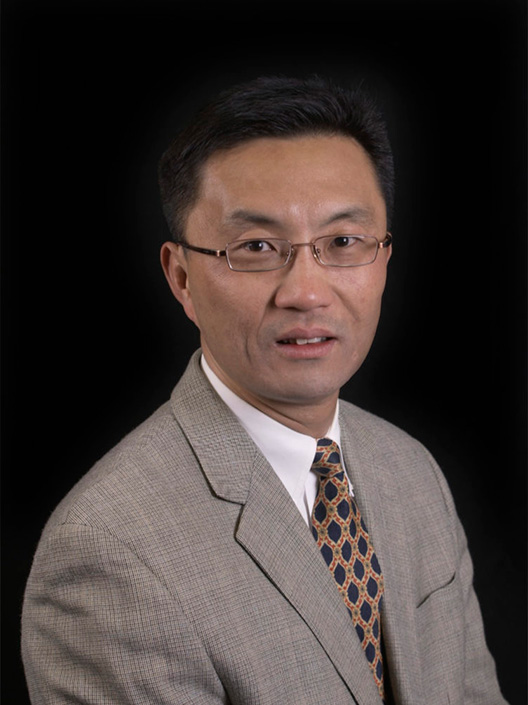Electrical and Computer Engineering
CIRCUITS & SYSTEMS
The University of Utah has a very strong program in electronic circuits design from integrated chip to the PC board level. Electronic circuits enable a wide variety of applications including smart phones, AI and machine learning, biomedical systems, wireless communication, health care, environmental monitoring, etc. We have faculty who design and build circuits in all above areas and beyond. Our cutting-edge curriculum offers advanced courses covering analog IC design, RF IC design, data converters design, and high-speed communication circuits and systems design. The program prepares students with deep understanding and hands-on design and testing skills that will enable them to enter the global competitive job market.
Suggested Coursework
The following are suggested Programs of Study for a graduate student pursuing an MS degree with an emphasis in Circuits. It is not required that students follow any of these course schedules, but for students to use these as a guide. So long as degree requirements are met, any ECE or allied graduate coursework (5000- level or above) may be substituted.
Traditional MS
3 Semesters | 1-1.5 Years
These Programs of Study meet Coursework option requirements for a full-time student and can easily be adapted to the Project option. Students completing the Thesis option must meet with the Graduate Student Coordinator to create their academic plan.
Part-Time MS
*Graduate seminar credits may be completed in any order within a student’s first academic year in the program.
5 Semesters | 2-2.5 Years
A schedule like this is for students who are currently working and don’t have the capacity to be full-time students but feel capable of managing a steady pace of courses (2 per semester).
Coursework
| Semester | Courses | Credits |
| 1 | 3 | 7.0* |
| 2 | 3 | 7.0* |
| 3 | 2 | 6.0 |
| 4 | 2 | 6.0 |
| 5 | 2 | 6.0 |
| TOTAL | 12 | 32.0 |
Summer Project
| Semester | Courses | Credits |
| 1 | 3 | 7.0* |
| 2 | 3 | 7.0* |
| 3 | 2 | 6.0 |
| 4 | 2 | 6.0 |
| Summer | Project | 4.0 |
| TOTAL | 10 | 30.0 |
9 Semesters | 4 Years
A reduced and extended part-time schedule of 8 semesters of coursework, with 1 course per term, and a summer project.
Year 1
| Semester | Credits |
| Fall |
4.0* |
| Spring |
4.0* |
Year 2
| Semester | Credits |
| Fall |
3.0 |
| Spring |
3.0 |
Year 3
| Semester | Credits |
| Fall |
3.0 |
| Spring |
3.0 |
| Summer |
4.0 – Project |
Year 4
| Semester | Credits |
| Fall |
3.0 |
| Spring |
3.0 |
| TOTAL |
30.0 |
Default Supervisory Committee
For students completing the coursework or project options

Darrin Young
USTAR Associate Professor
- Phone: 801-581-6512
- Email: darrin.young@utah.edu
- Office: SMBB 3741
Low-power integrated circuits design coupled with MEMS-based sensing systems for wearable sensing, biomedical implant, environmental sensing, power transfer, RF communication, and general industrial sensing applications

Pierre-Emmanuel Gaillardon
Associate Chair, Professor
- Phone: 801-585-3422
- Email: pierre-emmanuel.gaillardon@utah.edu
- Office: SMBB 3745
Development of reconfigurable logic architectures and digital circuits exploiting emerging device technologies and novel EDA techniques.

Armin Tajalli
Associate Professor
- Phone: 801-581-4840
- Email: armin.tajalli@utah.edu
- Office: MEB 2224
Integrated wireline and wireless systems, energy-efficient integrated systems, high-speed wireline systems, RF circuits, data converters, phase-locked loops and frequency synthesisers, analog integrated circuits, extremely low power integrated systems
